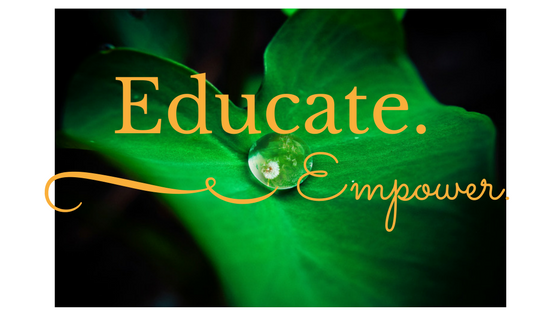One of the things I love about picture books is that they can bring real life stories to young readers all around the world through pictures and simple words.

Rhino in the House by Daniel Kirk is an empowering story about a women named Anna Merz and her lifelong dedication to saving endangered animals in Africa. Anna had always been involved in wildlife conservation and it was when she retired and moved to Kenya that her journey into saving Rhinoceroses began.
The relationship between a baby rhino named Samia and Anna is at the heart of this conservation story. We learn how their relationship develops over time and how her story has inspired many to pursue careers and action in the area of wildlife conservation.
Children will adore this book as the images are colourful and the story is sweet and entertaining. There is little mention of the dangers from poachers which is lovely and allows the children to enjoy this story without fear. We did discuss who poachers are at the start of the story but were then able to focus more on the wonderful work Anna did in her sanctuary.
Rhino in the House is one of those picture books which stays with you long after it has been read and with historical facts at the end of the story it allows the adult reader learn more about Anna and her rhinos.
So what can you do?
SUSTAINABILITY
- Why do we need to take care of all animals in our world?
- Which animals are endangered in your country? Why are they endangered and can this be changed?
- Why are books like this important? How do picture books give all readers this important message? How do they make us read and learn when compared to wordy articles?
- How is nature fragile?
- How can animals be protected when humans don’t want to change? Investigate an endangered animal that is effected by human action – write a letter or create a campaign that will change minds and attitudes.
LITERACY
Compare and contrast other books that use a true story and place it in picture book form. With these books: Phasmid, One small Island, The Hairy Nosed Wombats
– Identify the true story in each book.
– Identify the human actions involved – positive and negative.
– Identify the impacts on the world if this animal/s was to become extinct.
– Compare and contrast the 4 picture books and decide which one makes more of an impact on you.
– What does sustainability mean in regards to these stories?
– Teach another group of students about your story or of another animal that is endangered. Think of an interesting way that grabs their attention so they listen and learn.
Links to Rhinos
https://www.savetherhino.org/rhino_info/species_of_rhino
https://www.worldwildlife.org/species/rhino
http://www.bagheera.com/inthewild/van_anim_rhino.htm

[…] Rhino in the house […]
LikeLike
[…] Rhino in the House […]
LikeLike
[…] Rhino in the house […]
LikeLike
[…] Rhino in the House by Daniel Kirk […]
LikeLike
[…] are based on factual events that look at animals brought back from near extinction? Try Phasmid: saving the Lord Howe Island Insect and Rhino in the […]
LikeLike
[…] We can look towards people who are determined to save wildlife from extinction and aspire to be like them. (Phasmid by Coral Tulloch and Rhino in the house by Daniel Kirk) […]
LikeLike